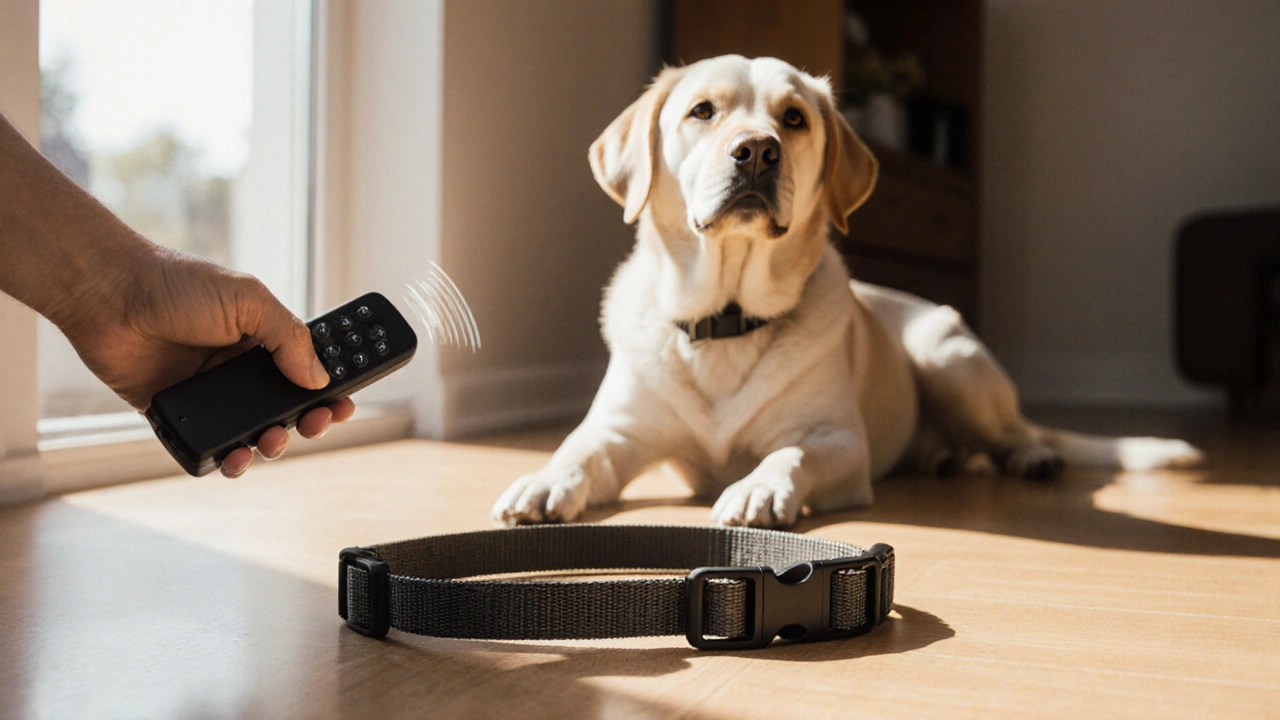Dog Training Tools: Boost Your Pup’s Learning
When working with dog training tools, any equipment that helps shape canine behavior, from simple treats to high‑tech gadgets, also known as canine training accessories, you’re essentially building a communication bridge with your pet. One of the core methods is positive reinforcement, reward‑based training that encourages desired actions, which pairs well with clicker training, using a handheld clicker to mark exact moments of correct behavior. For owners who prefer a more direct cue, the prong collar, a collar with evenly spaced prongs that applies a brief pressure is often debated, while training treats, small, high‑value bites used as immediate rewards complete the toolkit. Dog training tools therefore cover a spectrum that balances encouragement and correction.
Understanding how these tools interact forms the first semantic triple: Dog training tools encompass positive reinforcement. The next logical link is that positive reinforcement requires training treats, because without a tasty incentive the reward loses its power. Finally, clicker training enhances the effectiveness of positive reinforcement by giving a clear, audible marker that tells the dog exactly which behavior earned the treat. Together they create a feedback loop that speeds up learning and reduces confusion.
Beyond the basics, consistency is the secret sauce. Even the best clicker or treat won’t help if you’re erratic. Set a daily routine, use the same cue words, and keep sessions short—five to ten minutes works for most breeds. If you’re juggling multiple tools, pick a primary one (often a clicker) and let the others support it. For example, you might use a prong collar only as a reminder cue during leash walks, never as the main source of correction. This hierarchical approach keeps the dog from feeling overwhelmed and lets each tool shine where it belongs.
When selecting gear, consider your dog’s size, temperament, and training goals. A small terrier may thrive with a lightweight harness and a gentle clicker, while a giant Labrador might need a sturdier head halter for pull‑free walks—though the halter isn’t a primary training tool, it illustrates how equipment choices dovetail with learning methods. Puzzle feeders and interactive toys serve as mental‑stimulation tools that complement positive reinforcement by turning everyday rewards into problem‑solving challenges. These accessories don’t replace core tools, but they extend the training environment, keeping your dog engaged between formal sessions.
Technology has added new layers to the toolbox. Remote e‑collars, for instance, can emit a tone or vibration from a distance, allowing you to reinforce commands during off‑leash runs. Used responsibly, they act as a bridge between the clicker’s close‑range precision and the real‑world distractions of a park. However, the e‑collar should always be paired with positive reinforcement; the aim is to guide, not punish. Many owners find that integrating a smartphone app to log training progress helps track which tools produce the fastest results, turning anecdotal success into measurable data.
Choosing the Right Tools for Your Dog
Start by asking three simple questions: What behavior am I shaping? Which sense does my dog respond to most—sound, touch, or taste? And how much time can I devote each day? Answers point you toward the most effective combos. If your dog loves food, training treats and clicker training become a natural pair. If your pup is sound‑sensitive, a quiet clicker or a vibration‑based cue might work better. And if your schedule is tight, focus on tools that deliver quick, clear feedback, like a clicker paired with a short treat. By aligning the tool’s strengths with your dog’s preferences, you build a partnership that feels intuitive rather than forced.
All the articles below dive deeper into each of these tools, compare pros and cons, and share real‑world tips you can apply today. Whether you’re a first‑time owner or looking to refine an existing routine, the collection offers practical insights that go beyond theory, helping you pick the right gear and use it correctly for lasting results.
Posted By Bryndle Redding On 25 Oct 2025 Comments (0)
Do Vibrating Dog Collars Actually Work? Pros, Cons & Science Explained
Explore whether vibrating dog collars actually work, backed by research, pros and cons, safety tips, and a guide to choosing the right one for your pet.
READ MORE